@eternalightwithin,
The heat sink is made by:
Fischer Elektronik
Type: SK 129/ 50,8/ STS
Country: Germany
Size: 55X43X25 mm
f.cool
The "extra hole" you are referring to is a plated through hole. Sometimes
(when designing pcbs) one need to cross from the top layer on the board
and to the bottom layer. (Or the opposite.)
This is done to get an short wire from point a to point b.
One also want to hide as many of those plated through hole as possible.
So the usually way to do that is to hide the holes under components so that
the holes is not visible when the components are soldered. If you look at the
pcb you will see where that plated through hole goes.
Also look at the design files found here: Index of /ufoufoufoufo
(The Cadsoft Eagle CAD program is free and can be found on
the Cadsoft site found here: CadSoft Online: EAGLE Layout Editor )
On my site you can also find a very good temperature logger (TRS.rar).
It handles -40 C to +85 C. There is also some other 555 timer projects there.
If you have further questions, please ask, and I will try to answer them as
best as I can.
Oh, almost forgot, You must NOT use the parts values as shown on the
pcb layout text. To get the correct duty cycle and frequency please use the
parts described in the updated circuit drawing (http://home.no/ufoufoufoufo/anc_revB_sch.gif) found on my site.
Regards,
Groundloop.
The heat sink is made by:
Fischer Elektronik
Type: SK 129/ 50,8/ STS
Country: Germany
Size: 55X43X25 mm
f.cool
The "extra hole" you are referring to is a plated through hole. Sometimes
(when designing pcbs) one need to cross from the top layer on the board
and to the bottom layer. (Or the opposite.)
This is done to get an short wire from point a to point b.
One also want to hide as many of those plated through hole as possible.
So the usually way to do that is to hide the holes under components so that
the holes is not visible when the components are soldered. If you look at the
pcb you will see where that plated through hole goes.
Also look at the design files found here: Index of /ufoufoufoufo
(The Cadsoft Eagle CAD program is free and can be found on
the Cadsoft site found here: CadSoft Online: EAGLE Layout Editor )
On my site you can also find a very good temperature logger (TRS.rar).
It handles -40 C to +85 C. There is also some other 555 timer projects there.
If you have further questions, please ask, and I will try to answer them as
best as I can.
Oh, almost forgot, You must NOT use the parts values as shown on the
pcb layout text. To get the correct duty cycle and frequency please use the
parts described in the updated circuit drawing (http://home.no/ufoufoufoufo/anc_revB_sch.gif) found on my site.
Regards,
Groundloop.
 ..... but the Mosfet seems not to get over 140 degrees F ever that I've seen with a heat sink like I have.
..... but the Mosfet seems not to get over 140 degrees F ever that I've seen with a heat sink like I have.



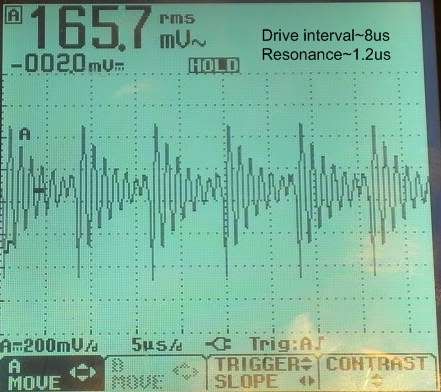




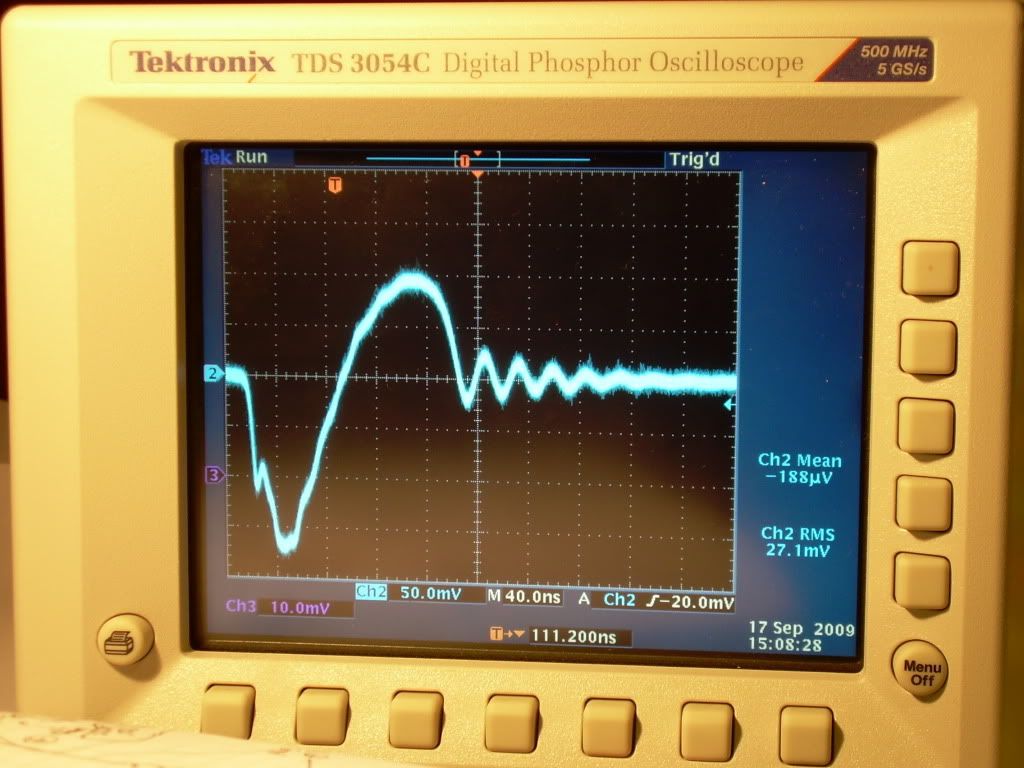
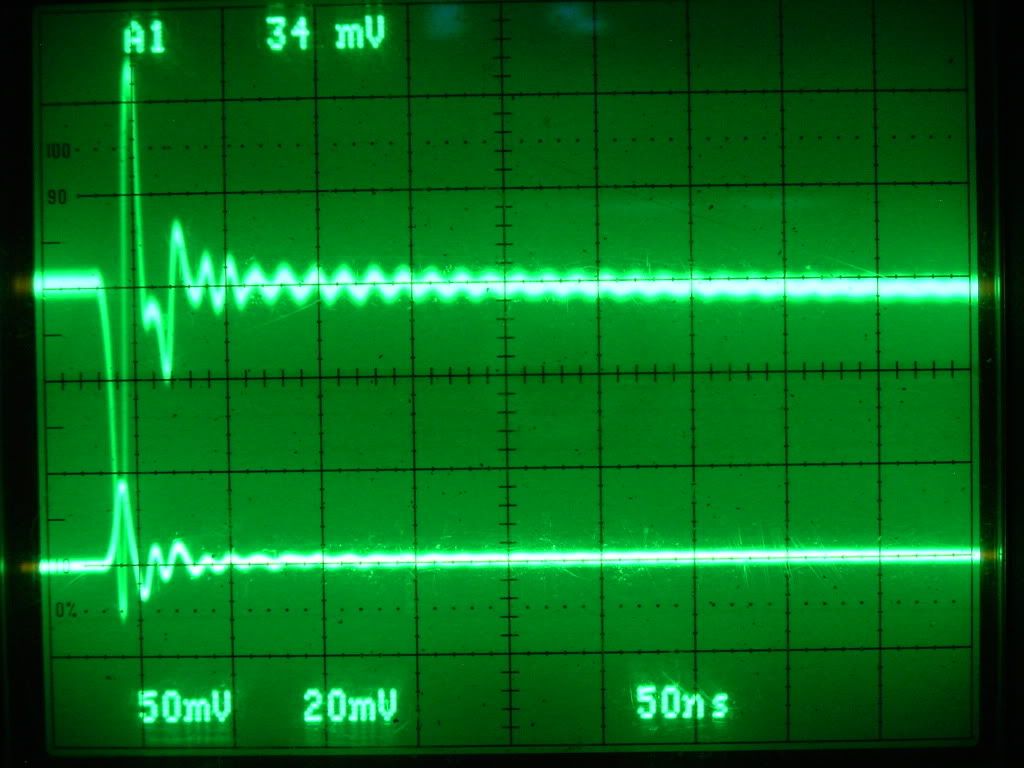
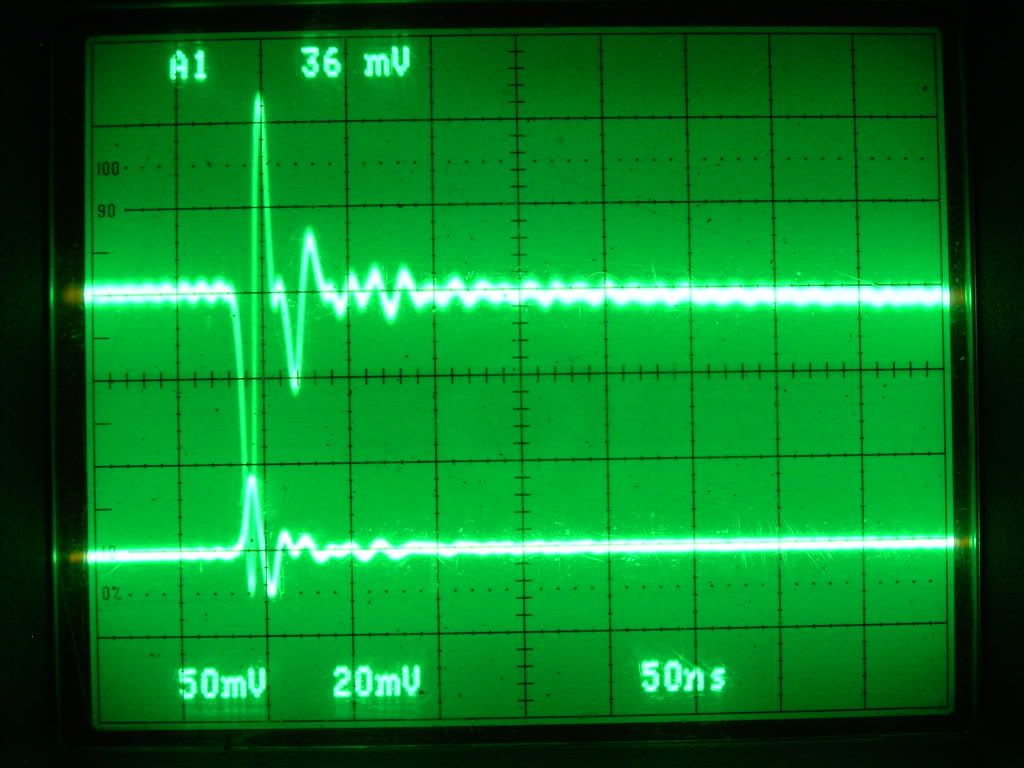
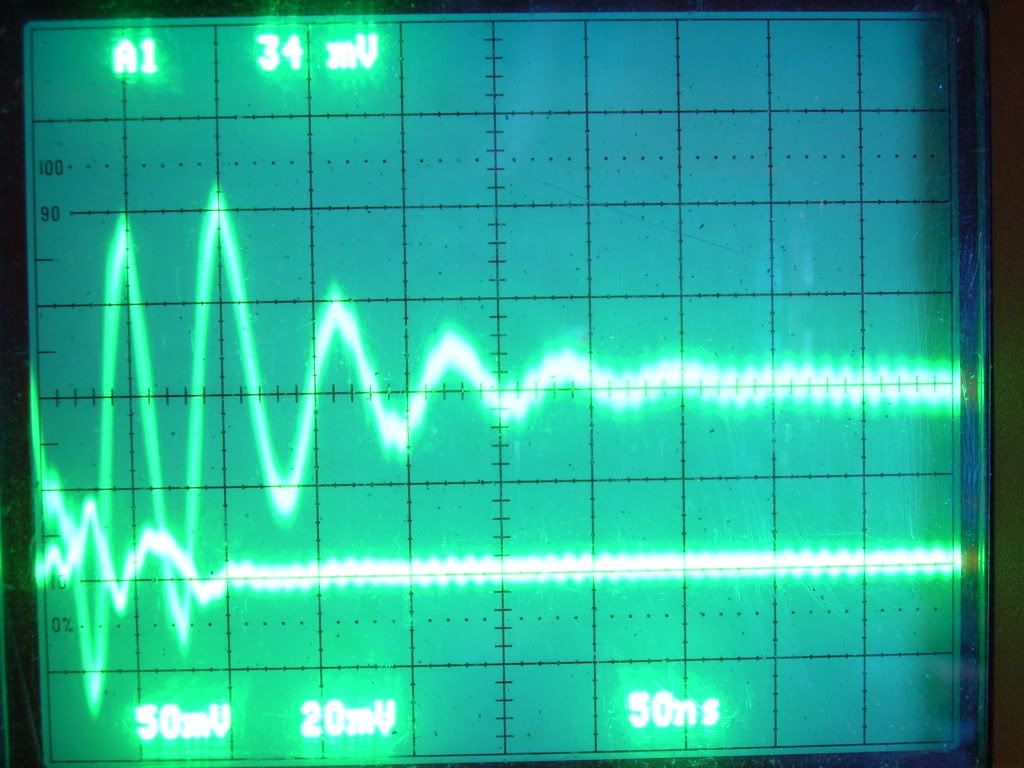



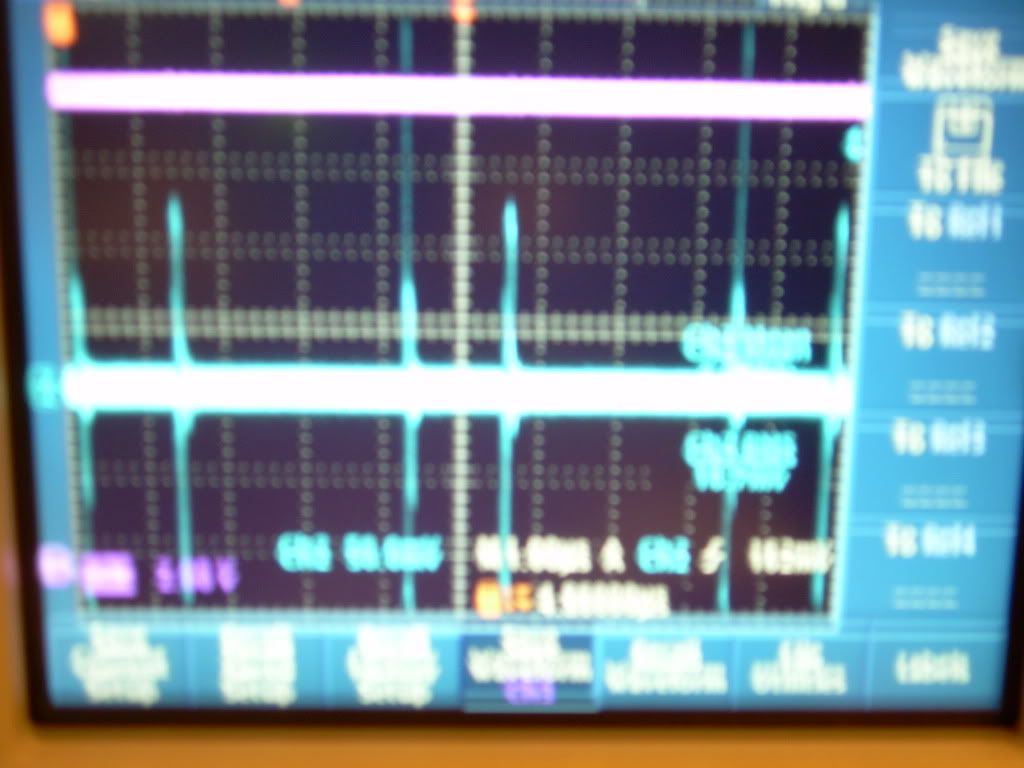
Comment